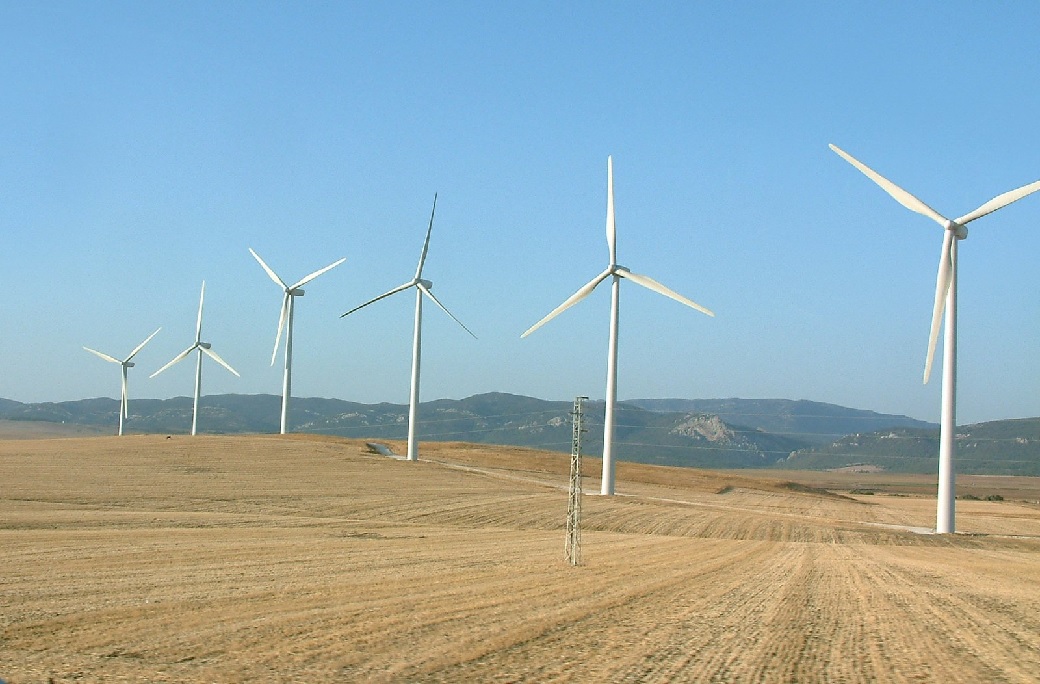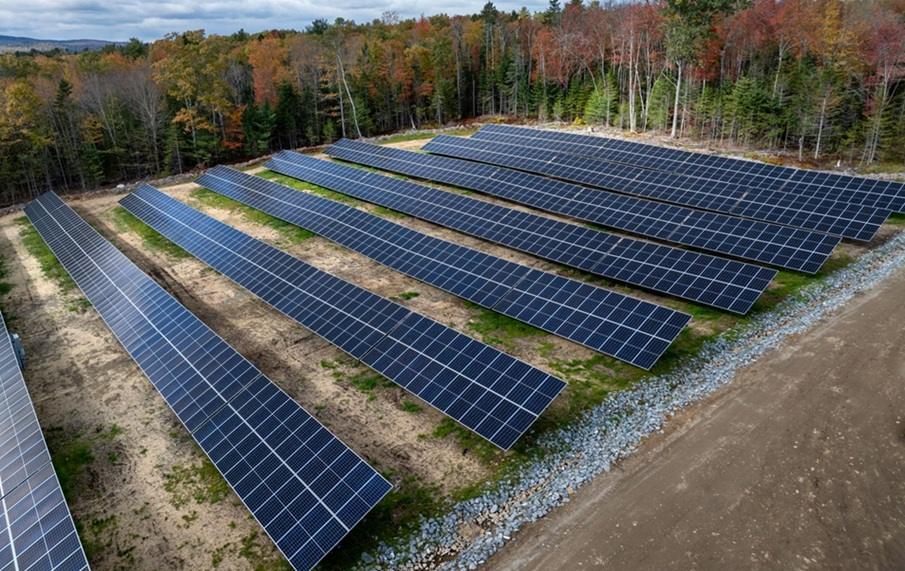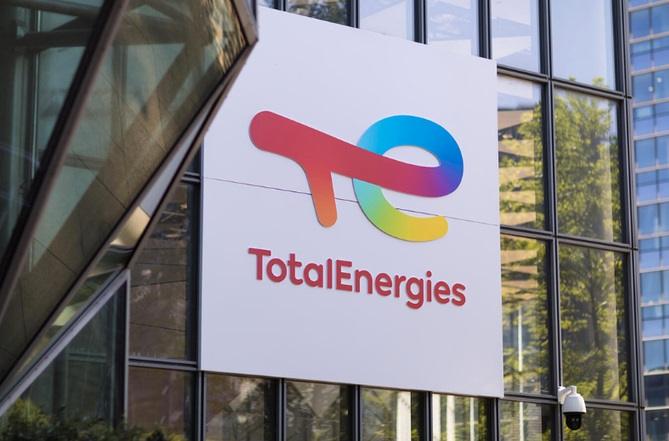Renewables Take Top Spot as Power Source in EU, Surpassing Fossil Fuels for First Time
The European Commission reported today that renewables generated more electricity than fossil fuels in Europe for the first time in 2020, generating 38% of EU’s electricity, compared to 37% of fossil fuel-powered energy.
The announcement was made as part of the European Commission’s State of Energy Union Report for 2021, released today. The report takes stock of the progress that the EU is making in delivering the clean energy transition, almost two years after the launch of the European Green Deal, which aims to transform the region into a modern, resource-efficient, and competitive economy, through a package of measures ranging from ambitiously cutting greenhouse gas emissions, to investing in cutting-edge research and innovation, to preserving Europe’s natural environment.
The State of the Energy Union report analyses the five pillars of the EU, including accelerating decarbonization with the EU Emission Trading Systems and renewables at its core, scaling up energy efficiency, enhancing energy security and safety, strengthening the internal market, research, innovation, and competitiveness.
According to the report, fossil fuel subsidies, which represent around 30% of total energy subsidies, also dropped in 2020, going from €56 billion in 2019 to €52 billion in 2020, due to lower energy in the wake of the pandemic. Additionally, to date, 9 EU Member States have already phased out coal, 13 setting a phase-out date, and 4 are considering possible timelines.
The report also shows greenhouse gas emissions reduction progress, including that EU27 GHG emissions fell by 10% in 2020, compared to 2019, driven in part by the COVID-19 pandemic, which brought overall emission reductions to 31%, compared to 1990.
Primary and final energy also declined by 1.9% and 0.6% respectively in 2020. However, according to the EU Commission, both figures are above the trajectory required to meet the EU’s 2020 and 2030 targets,
The European Commission stated that while there are a number of encouraging trends, greater efforts will be required to reach the 2030 goal of cutting net emissions by at least 55% and achieving climate neutrality by 2050.
To read the full report, click here






